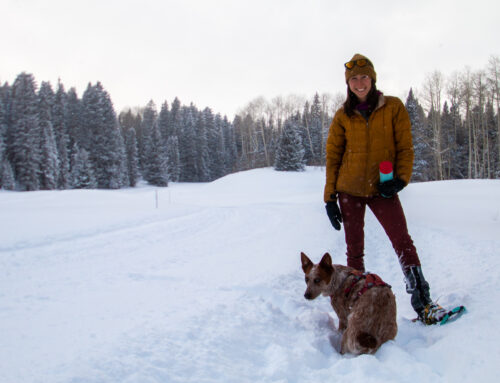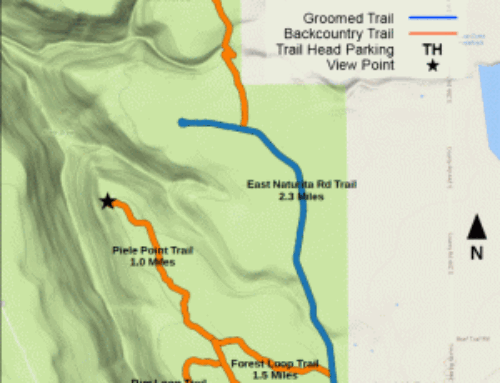To begin cross country skiing you need to choose the correct cross country ski bindings. Skiing can be an exhilarating activity, and whether you choose to hit the backcountry powder or glide across groomed track on your skate skis finding the correct ski bindings can seem overwhelming. A quick search into cross country ski bindings reveals a multitude of choices. Each of these has pros and cons. So, the answer to which cross country ski binding is best suited to your needs is, it depends. This article explains some basic concepts behind cross country ski bindings. Hopefully, it will provide you with enough information to get begin your search. However, choosing the correct equipment is easier when you can see, test, and touch the product. If you are able visit your local ski shop and talk with a professional it will help you make a more informed choice.
The first thing to consider is boot type. Not all cross country ski boots will work with all cross country ski bindings. So, if you already have a pair of boots selecting a pair of bindings designed to work with these is a great place to start. This will help you get into the sport at a lower price point.
Second, in order to choose the correct cross country ski binding you need to know a little of the vocabulary used in cross country skiing. Generally, there are three types of bindings used in cross country skiing. Three pin, SNS, and NNN. The most widely used are NNN and SNS.
Third, smaller and narrower bindings are more suited for narrower skis. These are also for users who want performance on groomed tracks. A wider binding is more suited for backcountry skiing conditions. More control is needed in conditions like these. Not to complicate things, but NNN bindings are also available in NNN BC (New Nordic Norm Backcountry) bindings. This type uses NNN boots but are wider and primarily used in backcountry skiing.
75mm Three Pin System Cross Country Ski Binding
75 mm three pin binding works well with stiff boots designed for the backcountry. As the sport evolved the need for more pliable boots became prevalent. More efficient bindings were developed as a result. The major knocks on the three pin cross country ski boot binding was the accumulation of snow behind the heel. This build up happened between the boot and ski, and made it difficult to enter and exit the bindings. However, advances in different types of cross country ski binding technology have fixed these issues.
An advantage of the three pin system is if you have boots or cross country skis designed to work with this binding type it is usually cheaper to find skis and/or boots. This is because they are older and available at many outdoor consignment shops. Additionally, these bindings may be harder to get in and out of, but they are easily repaired in the field. A word of caution is beware the rigid nature of these boots. This can cause a loss of some control when skiing flat groomed terrain.
NNN (New Nordic Norm) Cross Country Ski Binding
Boots designed to work with NNN bindings will not work with SNS bindings and vice a versa. These bindings use a metal rod at toe of boot, and the boot clips into the binding. NNN bindings might have two parts with two ridges designed to work with compatible NNN ski boots. In addition to the binding there is a rubber front that assists when lifting the foot up to generate power through the gliding motion. In comparison, SNS bindings have one ridge. Additionally, some manufacturers offer a NIS (Nordic Integrated System) binding which is a different way to attach the NNN binding to skis.
The NIS version of the NNN binding provides several benefits. First, it uses a plate attaches to the ski. Second, this type of cross country ski binding requires no drilling. Third, it is adjustable in the field with little effort.
NNN BC (New Nordic Norm Backcountry)
If you are searching for bindings to use with wider width skis traditionally used in backcountry ski conditions NNN BC (New Nordic Norm Backcountry) might be the best choice. These bindings are wider and offer more support than traditional NNN bindings but may be able to use the same style boots. Cross country skis generally use bindings with metal edges and are not appropriate for use in-track because of the damage they cause to the ski tracks.
SNS (Salomon Nordic System)
Salomon Nordic System (SNS) bindings use a single ridge and clips in at the toe. The way these boots attach to the ski is similar to the NNN bindings. The single ridge differs from the double ridge of the NNN binding and is the reason SNS and NNN boots are not compatible.
We hope this short article provided you with the information necessary to start preparing to cross country ski. Purchasing the right equipment can enhance any outdoor experience. If you need to speak with a gear professional stop by Moab Gear Trader today. We have local condition updates and help selecting the best cross country ski bindings for your fitness level, ski style, height and weight.
Want Information About Local Ski Conditions?
Want to know the ski conditions in your part of Utah? Visit Moab Gear Trader Snow Conditions page or Utah Avalanche Center for current snow and avalanche conditions.
Need cross-country ski bindings, skis, goggles or other related equipment Moab Gear Trader has the best gear at the best prices for your best adventures.







Thank you! That was the best explanation I’ve read yet about different bindings- it’s so confusing!!
Thanks for this great article. I am looking at buying my very first pair of CC skis. I already have a pair of boots that I picked up at a garage sale a couple of years ago that are the Fischer OTX BC 3 model. My understanding is that they are NNN BC boots. Will I be able to use these with the NNN and/or NIS bindings? That wasn’t clear in the article. Thanks in advance.
Gary, thanks for checking in! None of the bindings are compatible with each other. They must match. Let us know if you have more questions!
Hello! I am new to the cross country ski world and I was curious if i can confirm which boots i need for my bindings? I have a pair of Solomon touring skis i bought second-hand. I can see i likely need the SNS but now I’m confused on if i need the Pilot or Profil? How does one check that! Thanks for your help
Vanessa, thanks for checking in! You would need the Profil if you have one bar, or Pilot if you have 2.
Good solid article with a couple of very minor omissions… I am 58 – have xc skiied my whole life (starting racing when I was 8)…… and I am still CONFUSED with all the binding nomenclature.
Your article is one of the simplest (best) explanations that I’ve read … two minor omissions – Alpina (Rosi) NNN stuff comes in 2 flavors — old standard and new standard; Salomon also still has the Pilot system (boots with 2 bars) — not likely important for folks buying complete new packages but important for us oldies who are looking to keep stuff and integrate new components.
Also, I believe (please clarify if you can) that there is now cross-compatability with the NNN and Salomon’s Prolink stuff.
Anycase – thanks for a nice simple article.